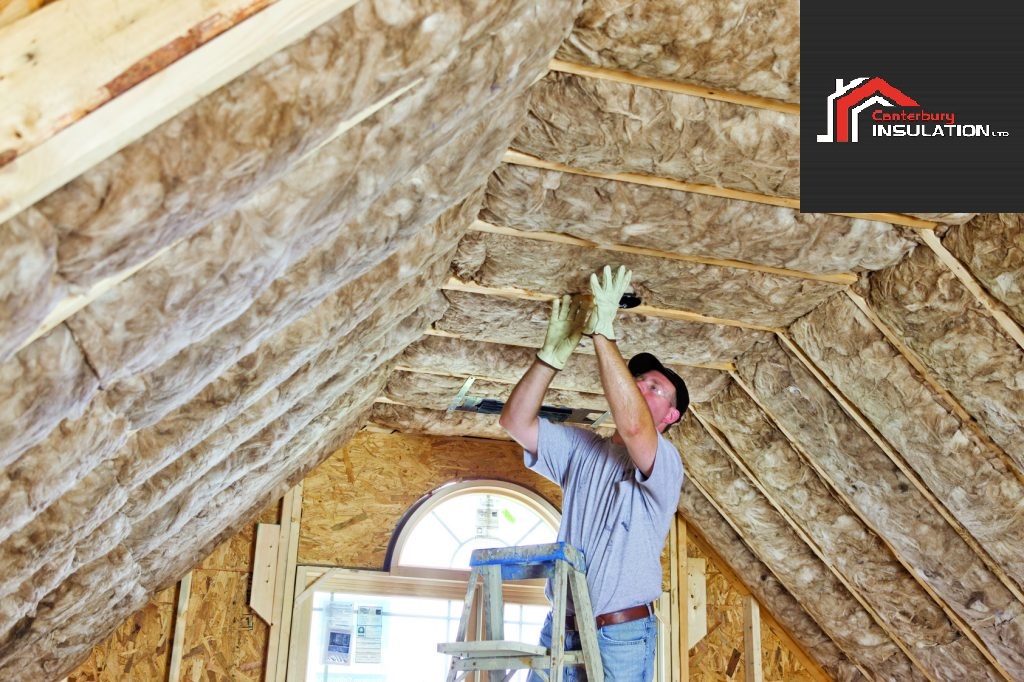Soundproofing is a great way to keep your home quiet and peaceful. You can use Acoustic insulation to reduce noise from outside sources, and this article will explain how soundproofing works in three common areas of your home: windows, doors, and appliances.
Soundproofing a Room
Soundproofing is the practice of reducing noise in a room, and it’s worth doing if you’re trying to reduce the amount of outside sound that comes into your home.
Soundproofing a room can be expensive and difficult, but there are some simple steps you can take to make your home quieter.
For one thing, consider investing in double-paned windows. They’ll help block out street noises and cut down on the sounds coming from neighbors’ televisions and stereos.
Another good way to reduce noise is by making sure your walls have insulation between them and the floor; this helps dampen footsteps or voices from other parts of the house so they won’t be as loud when they reach your ears. You can also play music through headphones while working on homework—the beats will drown out any distractions around you!
Soundproofing isn’t just good for blocking out external sounds; it’s also great for keeping unnecessary noise within a room itself.
For example, if someone upstairs decides to watch TV at full blast while everyone else is sleeping downstairs then this could cause problems because we might not hear what they’re up too when they think no one else knows why they’re still awake at 3am like idiots who don’t care about anyone else but themselves (because clearly nothing matters except themselves). If only there was some way.

Soundproofing a Window
Soundproofing a window is one of the most effective ways to reduce noise in your home. The best way to soundproof a window is by adding an acoustic barrier.
This is a thin sheet of material that you attach between the two panes of glass, which prevents sound from passing through the space between them. Another option for soundproofing windows is adding insulation, which helps block out unwanted sounds coming through windows and doors by creating an insulating layer around them.
Soundproofing your apartment or house is especially useful if you live in an area with lots of traffic noise or loud neighbors next door (or even above!).
Soundproofing an Appliance
Soundproofing an appliance is a simple way to reduce noise. Appliance soundproofing can be done with acoustic insulation, which is a type of soundproofing material. Acoustic insulation comes in a variety of colors and textures that are perfect for any home or office setting.
You may be surprised at how much difference acoustic insulation can make in your life!
Soundproofing a Door
Soundproofing a door is one of the most common problems acousticians face. Although it may seem like a difficult task, it can be done at low cost and with relative ease. There are several effective methods for soundproofing a door, and they all depend on how much noise you want to prevent from coming through the door.
For example, if you just want to block out some light traffic noise or conversations that happen outside your home office but don’t mind hearing your neighbor’s loud music (hey, we get it!), then installing heavy-duty weather stripping or foam padding around the frame will do wonders for reducing unwanted sounds.
If you’re looking for more drastic measures—like blocking out that pesky leaf blower next door—then an acoustic insulation kit will be necessary (especially if you need something truly soundproof).
Conclusion
The first step in Acoustic insulation is by measuring the noise level. This will allow you to determine which method of soundproofing is most efficient for your needs. You can use a decibel meter or other similar tools for this purpose.
